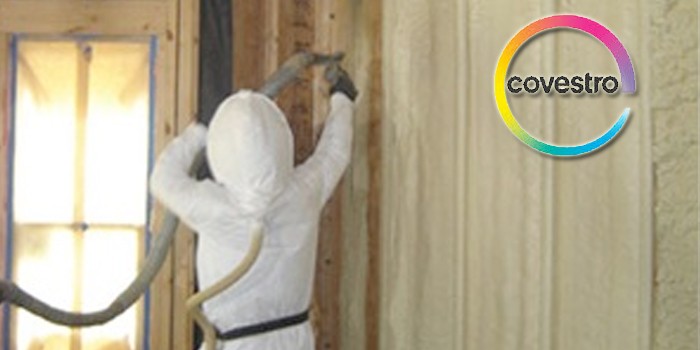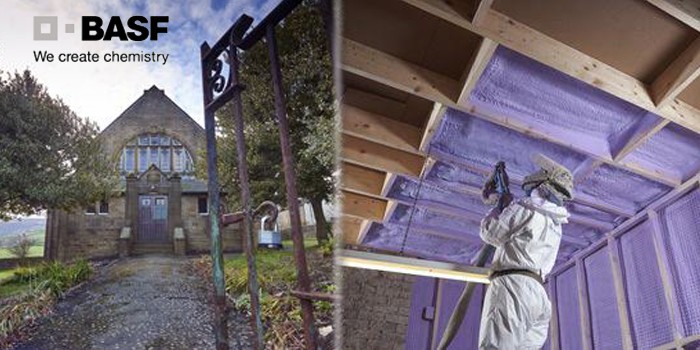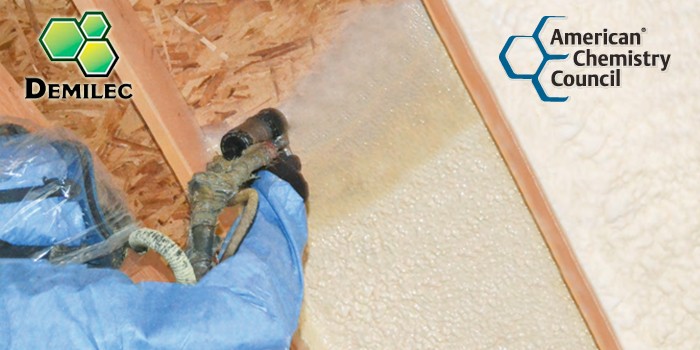Observations of Roof Damage from Hurricane Dolly South Padre Island & Port Isabel Texas
Report by Mason Knowles
Photos by Jessica Knowles
Hurricane Dolly was not expected to be a major threat to the Texas coast, exhibiting 50 to 65 mph winds 100 miles from the Texas coast. But as it came closer to the resort town of South Padre Island, the storm picked up strength. Hurricane Dolly first made landfall in the United States as a Category 2 hurricane at the southern tip of South Padre Island, Texas the morning of July 23, 2008. The center of the storm traveled northwest along the island from 8:00 AM to 4:00 PM before heading inland. Sustained maximum wind speeds over 100 mph were reported by the National Hurricane Center of the National Oceanic and Atmospheric Administration (NOAA). According to residents the real damage came in the early afternoon when the winds switched from the northwest and grew much stronger. The storm moved slowly at approximately 6-8 mph across South Padre Island and Port Isabel exposing the land to hurricane force winds for over 6 hours.

Roof damage was severe to buildings in South Padre Island and Port Isabel. According to observations and interviews with residents, approximately 70% of the buildings on South Padre Island sustained sufficient damage to their roofs to cause significant water damage to the interior of the buildings. At the time of my investigation 4 weeks later, more than 50% of the restaurants, shops and hotels were still closed.
The investigation consisted of photo documentation and observations of roof damage to buildings in the center to upper end of South Padre Island and buildings along the eastern edge of Port Isabel between Long Island and the Port Isabel shrimp boat area. A more detailed investigation was performed on SPF applications to buildings on South Padre Island and Port Isabel.
- South Padre Island (View from the Convention Center facing south)

About South Padre Island
Padre Island begins approximately 30 miles north of Mexico and stretches along the Texas Coast past Corpus Christi, Texas for more than 130 miles thus making it the longest barrier island in the world. The Town of South Padre Island is situated at the southern end of the island and is home to an estimated 5,000 people. However, during Spring Break, the area has been known to swell with over 150,000 visitors. It is a hotspot for retirees from northern regions to stay throughout the winter months. These residents are known throughout the Rio Grande Valley as "Winter Texans”. It is connected to the mainland sister city, Port Isabel by a 2 mile long causeway over the shallow Laguna Madre. The island is less than 1 mile across in many areas.


Before Hurricane Dolly, the last significant storm to hit South Padre Island was Hurricane Allen, packing winds of 125 mph in July 1980. Although the recorded wind speeds were lower for Hurricane Dolly, both storms caused severe roof wind damage. The major difference in the storm damage consisted of the types of roof coverings installed to the buildings. In 1980 most flat roofs were constructed with BUR or SPF and steep slope roofs were mainly asphalt shingles. But a large percentage of newer houses and buildings (less than 10 years old) on South Padre Island utilized modified bitumen, EPDM, and clay tile roofing systems. During the investigation a few roofs were inspected that survived both Hurricane Allen and Hurricane Dolly and will be discussed in more detail later in this report
The primary area of the investigation on South Padre Island was the middle to the north end of the incorporated area of South Padre Island including:
- Houses and condominiums located from 4000 to 5600 Gulf Blvd (wind exposure C & B)
- The Convention Center on the northwest side of Padre Island Dr (wind exposure C)
- Stores and shops from 5500 to 5800 Padre Island Drive (wind exposure B)
- Houses and restaurants facing the Laguna Madre (wind exposure C & B)

Observations:
- Tile Roofs: Many new buildings on South Padre Island were constructed with clay tile shingles. The tile roofs were mechanically attached over OSB and sustained damage primarily from flying debris.
The houses depicted below suffered significant water damage from broken clay tiles
(map location 1 & 2)


(map location 3 & 4)


Tile damage on buildings along Padre Island Drive (center road of the Island)
(map location 5 & 6)


Local roofers are not able to match the imported Italian tile on this multi million dollar home so it appears likely a new roof will be installed. (map location 7)


- South Padre Island Convention Center: (map location 8)
The roof was modified bitumen mopped over a mechanically fastened polyiso board on a b type metal deck. According to the maintenance staff, sections of the modified bitumen roof blew off at the northwest and southwest corners along with the polyiso board. Cause of failure was reported to be the fasteners securing the polyiso board to the metal deck. The edge metal was largely intact. (Note: temporary roof has been installed over the original roof.
Portions of the modified bitumen roof became missiles and damaged the EIFS
cladding that covered the building




- Bahia Mar was the first high rise structure built on the Island in the late 1960s and survived two previous hurricanes. Strong winds shook the cladding (stucco over drywall) from the building. (map location 9)


- Older buildings with deterioration did not fare well. This was an outdoor bar facing the Laguna Madre (bayside). (map location 10)


- Deteriorated wood fascia and eaves led to this BUR over plywood deck roof failure.
(map location 11)


- As noted in other hurricane reports SPF roofing systems fared well and may have helped hold these older buildings together. (map location 12)


(map location 13 & 14)


- This building sustained the most damage that we observed on a SPF roof. The deteriorated wood fascia contributed to the foam peeling back about a foot.
(map location 15)


Port Isabel:
The primary investigation in Port Isabel centered on the buildings facing the Laguna Madre on Garcia St and buildings located on the Port Isabel canal (shrimp boat area) on South Shore Drive.

The following SPF applications are documented in greater detail due to their historical significance. The two projects represented some of the first attempts to use SPF specifically to structurally increase the wind resistance of buildings. Both buildings have provided valuable information that can be valuable when using SPF for structural design.
- White’s Lumber; South Garcia St, Port Isabel (wind exposure B)
(map location 1)
In the summer of 1980, I was contracted to insulate portions of a post frame construction building (29 gauge metal panels, mechanically screwed to wood trusses and studs) by Bob White owner of White’s Lumber. We installed approximately 1.5 to 2 inches of 2 lb density SPF to two inside walls and the underside of a portion of the metal deck of the building, where offices where to be constructed.
Within a month of installing the SPF, Hurricane Allen slammed into Port Isabel and South Padre Island with sustained winds of 125 mph. All of the metal panels were ripped from the wood trusses and studs except where the foam was installed.
Recognizing the significant structural enhancement of the SPF, we jointly decided to use 2 lb closed cell SPF to increase the wind uplift resistance of the building. First the metal panels were replaced. Then, we installed 2 lb density SPF in a picture frame pattern (2- 2.5 inches thick) to the underside of the metal and to the walls at every wood truss or wood stud connection.
Post frame construction: Open on one end. SPF was sprayed in a “picture frame” pattern to enhance wind uplift resistance (installed 1980)
(map location #1)


In 2007, half of the metal roof panels were replaced. Foam was not re-installed to the underside of the roof deck. When Hurricane Dolly made a direct hit to South Padre Island and Port Isabel Texas in 2008, White’s Lumber lost half of their new metal roof panels. The 28 year old metal panels with foam pictured framed to the underside sustained no damage.
New metal on left was blown off during storm. Old metal on right secured with SPF sustained no damage


Old metal on left, new metal on right. Foam was removed from the area of new metal before the storm


Mode of failure: Fasteners held, but the metal tore


Metal panels ripped after fasteners failed to hold


- Port Isabel trailer park: (wind exposure B)
(map location 2, 3 & 4)
In 1978 I insulated the outside of this wood frame structure with 3 lb density SPF. The structure had developed leaks through the wood siding that were difficult to locate and to stop. The foam was used to seal the building from the outside and to add support to the structure.
The building took a direct hit from Hurricanes Allen and Dolly with no leaks and only
superficial damage (1 crack in the foam 2 ft long) (map location 2)


The SPF roofs on these mobile homes survived The mobile home across the driveway lost
the storm with no damage or leaks. Its roof. (map location 4)
(map location 3)


- This tile roof was sprayed with SPF on the underside to enhance wind uplift
resistance in 1980 and sustained no water damage from the roof. (wind exposure
C & B)
(map location 5)


- These buildings located on South Shore Drive in Port Isabel were sprayed in the mid 1980s by a local SPF contractor. No damage or leaks were observed or reported to these buildings after the storm (wind exposure C & B)
(map location 6 & 7)


Shingle roofs next to SPF roofs on South Shore Drive. (wind exposure C & B)
Shingle roofs (map location 8)


SPF roofs (wind exposure C & B) (map locations 9 & 10)


Shingle roofs (wind exposure B) (map location 11 & 12)


- Some SPF roofing systems while not aesthetically pleasing performed well against hurricane force winds. No leaks were reported on any of these buildings. (wind exposure B)
(map location 13 & 14)


(map location 15 & 16)


Conclusions:
As observed in the hurricane investigations of Katrina, Charley and Ivan, buildings can be constructed and maintained to resist moderate to severe hurricane winds. Roof and building failures occur from many sources but are generally system failures associated with both the integrity of the composite system including edge details and the securement of the system to the building.
Hurricane Dolly added some information to the record. Of note was the performance of clay tile shingle roofing systems. These were new systems, attached with mechanical fasteners installed in accordance with the most recent high wind performance guidelines and requirements.
While the tile roofs demonstrated sound mechanical attachment a majority of them suffered broken tiles from flying debris and consequential interior water damage. Based on the observations, I would recommend that clay tile shingles be installed over a fully adhered underlayment that is resistant to damage from flying debris and broken tiles. (High wind debris testing could be conducted to determine underlayments most suitable for clay tile roofing.)
The use of SPF as a structural enhancement was another significant observation during the Hurricane Dolly investigation. While SPF roofing systems demonstrated good resistance to high winds as noted in other hurricane investigations, the use of both exterior and interior applications of SPF to structurally secure roof decks and wall assemblies was demonstrated to be very effective.
Based on these results and the observations from hurricane research, additional attention and research should be conducted on the use of SPF to enhance the hurricane resistance of existing structures.
Report by Mason Knowles
Photos by Jessica Knowles
Disqus website name not provided.










































